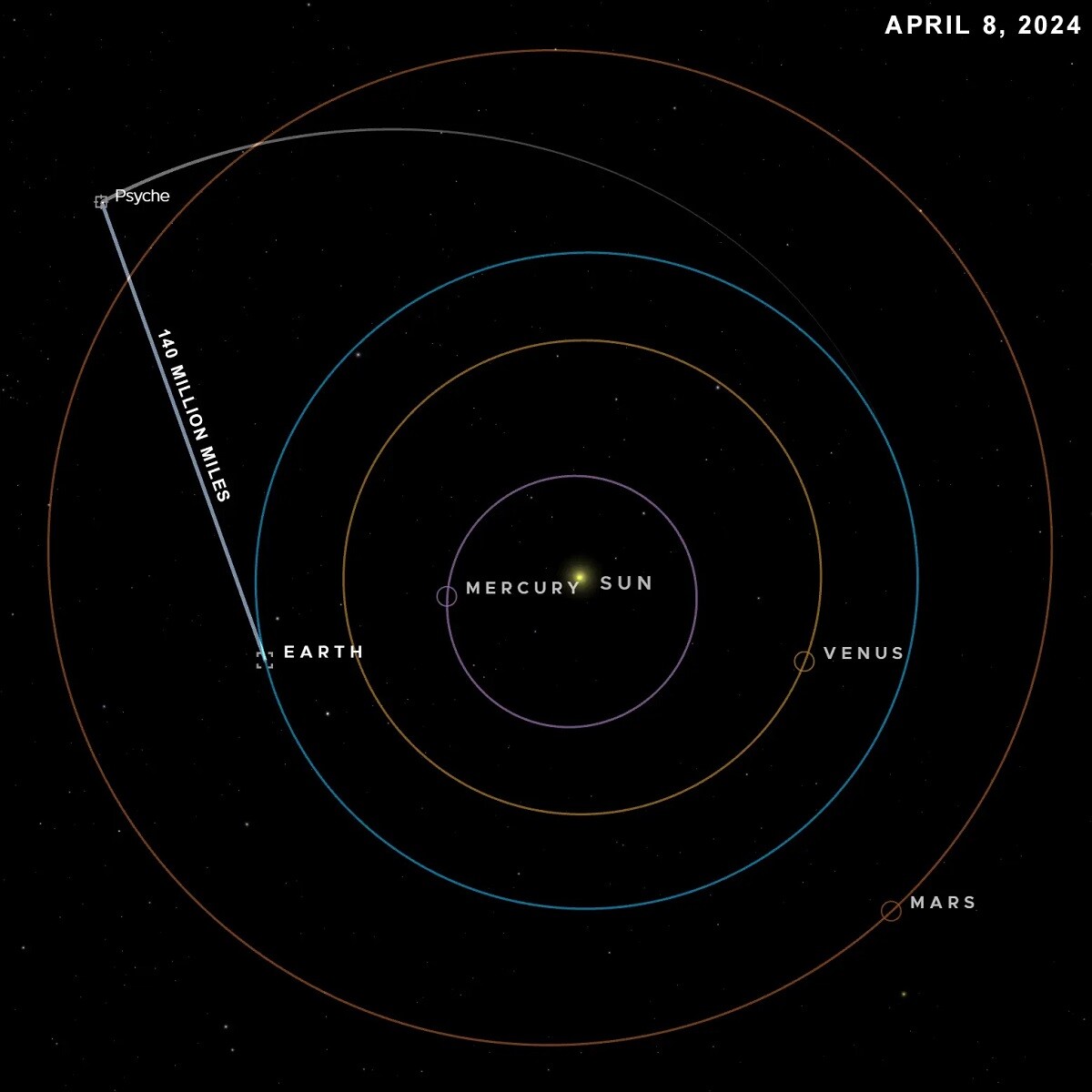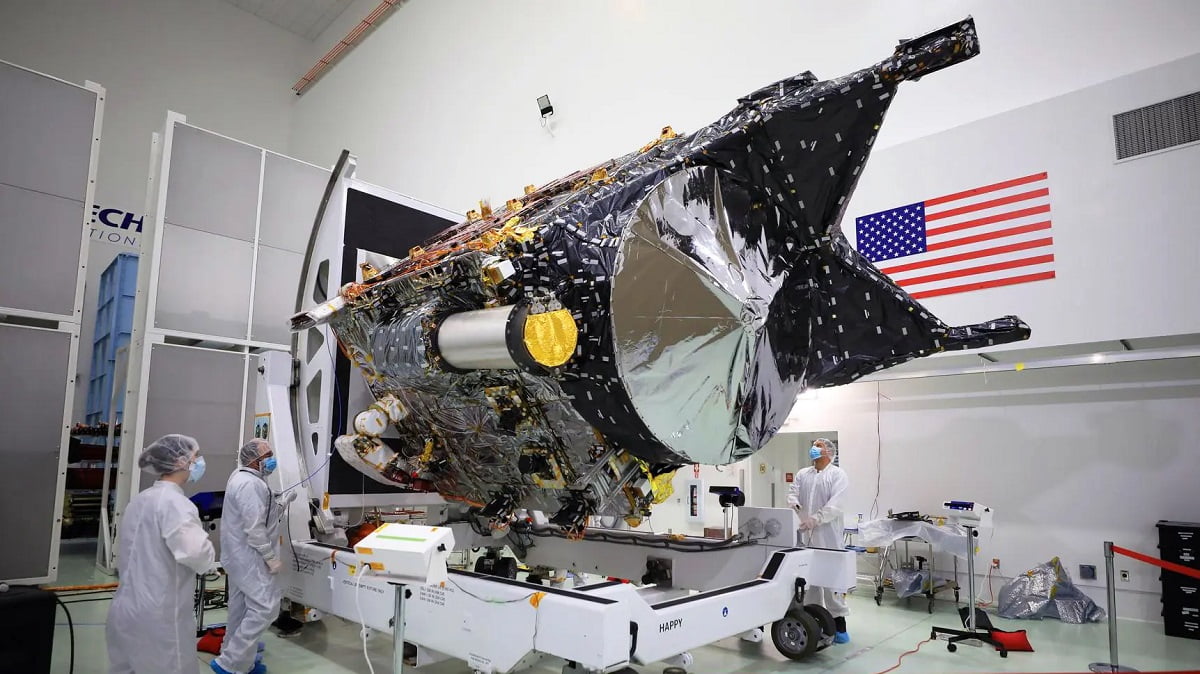This marked a monumental leap in long-distance communication. Earth successfully received a laser transmission from a record-breaking distance of 140 million miles – a feat with profound implications for future space exploration.
But hold on to your spacesuits! This wasn’t a message from an alien civilization. The transmission originated from NASA’s Psyche spacecraft, currently cruising one and a half times the distance between Earth and the Sun.
“This represents a significant milestone,” declared Meera Srinivasan, project operations lead at NASA’s Jet Propulsion Laboratory, “Significant for the project by showing how optical communications can interface with a spacecraft’s radio frequency comms system,”
This breakthrough involved Deep Space Optical Communications (DSOC), a key feature on the Psyche probe. While Psyche’s primary mission is to explore the metallic behemoth 16 Psyche (worth an estimated $100 quadrillion!), NASA saw an opportunity to test the potential of laser communication over vast distances. This technology promises significantly faster and richer data transmission – between 10 and 100 times quicker than current methods – revolutionizing communication between humans and our deep-space probes.

This achievement goes beyond sending a record-breaking laser message. Psyche also successfully transmitted real-time data from the spacecraft itself.
“We downlinked about 10 minutes of duplicated spacecraft data,” Srinivasan noted. “Until then, we’d been sending test and diagnostic data in our downlinks from Psyche.”
Previously, in November of the prior year, Psyche had relayed data from a distance of 10 million miles, but that was pre-loaded test data, not live information.
This transmission marked the culmination of a series of messages sent by Psyche since its launch on a SpaceX Falcon Heavy rocket in October. During an earlier test in December, Psyche beamed data back from 19 million miles away, achieving the system’s maximum rate of 267 megabits per second. This data transfer, which even included a video of a cat named Taters, took just over a minute and a half to reach Earth – comparable to broadband internet speeds!

Naturally, due to the vastly increased distance of 140 million miles, the latest DSOC transmission reached a slower rate of 25 megabits per second. However, this still surpassed the project’s initial goal of “demonstrating a minimum data rate of 1 Mbps at that distance.”
This groundbreaking achievement offers a glimpse into the future. As NASA stated, “could use optical communications in support of humanity’s next giant leap: sending humans to Mars.”
Psyche is scheduled to swing by Mars in 2026 before embarking on its primary mission – reaching the treasure trove of 16 Psyche by 2029. Much like the early explorers searching for the Northwest Passage, Psyche will map this celestial El Dorado, a metallic giant with enough precious metals to potentially disrupt the global gold market.












